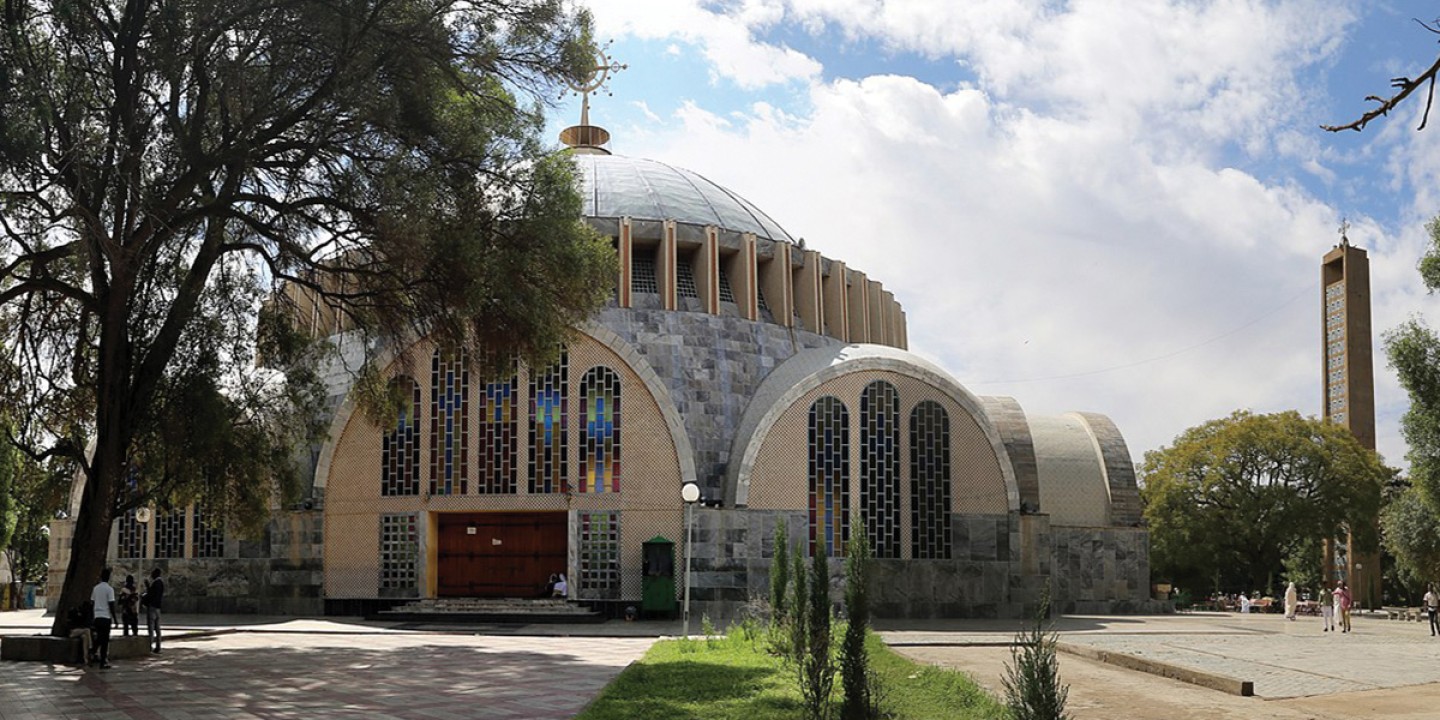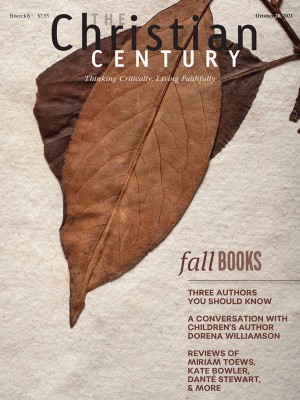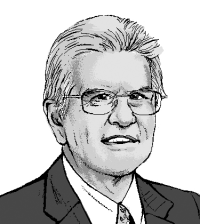The war for Africa’s holy land
Tigray, in northern Ethiopia, is in turmoil.

Over the past year, a dreadful military conflict has swept over a region that is one of the most ancient and significant heartlands of Christian history—in its way, a holy land. The crisis demands the attention of anyone in the West who is concerned about the Christian past or future.
The city of Aksum lies in the northern Ethiopian region of Tigray. In the first Christian millennium, Aksum ruled a sizable empire that spanned the Red Sea, and it accepted the new faith around the time that Constantine was ruling in Rome. The sheer range of monuments in the area—rock-hewn churches, inscribed pillars, tombs—is quite overwhelming, but the most venerated site of all is Aksum’s Church of Our Lady Mary of Zion. The building has been destroyed and rebuilt repeatedly, and in 1964 Emperor Haile Selassie completed a splendid new cathedral alongside the old one. The great center of devotion remains the old church, where Ethiopians devoutly believe that the Chapel of the Tablet contains the actual, original Ark of the Covenant. The annual feast of Mary of Zion—Tsion Maryam—in late November is one of the greatest religious gatherings on the African continent.
Read our latest issue or browse back issues.
Ethiopia is the second most populous country in Africa. It is also a vibrant and expansive center of Christianity: the present Christian population of 80 million is on track to double by 2060, placing Ethiopia far ahead of any European nation. The Orthodox make up 44 percent of Ethiopia, and 22 percent are evangelicals or “Pentays”—Pentecostals. Some 31 percent are Muslims.
But religion is by no means the only factor dividing the country, which is a patchwork of ethnic, tribal, and linguistic groupings. From 1975 through 1991, those diverse populations allied to resist and ultimately overthrow a savage communist dictatorship. After liberation, one of the most powerful ethnic groups seceded to form the new nation of Eritrea. The remaining groups cooperated, somewhat tensely, to rule the restored Ethiopia. That coalition was dominated by the Tigray People's Liberation Front, which effectively held power until 2018. The TPLF was then displaced by the new regime headed by Prime Minister Abiy Ahmed, who has won golden opinions as a peacemaker. In 2019, he received the Nobel Prize for promoting peace with Eritrea. As a faithful Pentay, Abiy Ahmed represents that sizable and fast-growing share of the population.
But despite initial hopes, the country has descended rapidly into turmoil. As the TPLF became ever more disaffected, violence erupted with Ethiopian armed forces, and in 2020, a full-scale Tigray War was in progress. Ethiopian forces seeking to impose their rule on Tigray were assisted by allied Eritrean regulars, and also by some lethal ethnic militias. Massacres and atrocities mounted.
One hideous episode occurred at Aksum itself, at the very time of what should have been the Tsion Maryam pilgrimage. (Not surprisingly given the dense fog of war, the exact dates are uncertain.) Probably in late November of 2020, Eritrean forces began mass killings in the city, including the area around the great church. Reportedly, Eritrean fighters even entered the church itself, killing many who had taken sanctuary there. In scenes that recall the darkest eras of Europe’s Middle Ages, the clergy were left to recover and bury the remains. Local rumor suggested that the Eritreans were attempting to steal the Ark of the Covenant.
Horrible though this massacre was, it was not necessarily motivated by religion. Eritrea has a Christian majority and shares a considerable ethnic and linguistic overlap with the Tigray region. Still, it was a devastating shock. The church holds a position in Ethiopian faith comparable to that of St. Peter’s in Rome for the Catholic world.
Future prospects for the region are grim. It is quite possible that as Tigray’s insurgency spreads, so the Ethiopian state will be forced to shed one or more secessionist regions. Meanwhile, the country’s turbulent and well-armed neighbors might well be drawn into such conflicts—those adjacent countries include such trouble spots as South Sudan, Sudan, and Somalia. Quite apart from such political pressures, the whole Horn of Africa region is already being acutely affected by climate change, with all that implies for increased competition for diminishing resources and aggravated ethnic and religious tensions. Supplies of food and drinkable water are both deeply stressed, and governments are often tempted to deploy the “food weapon” against restive populations.
Religion itself is by no means the sole factor shaping these wars. But this ancient and holy Christian region is fast becoming a very troubled place for its Christian peoples.






